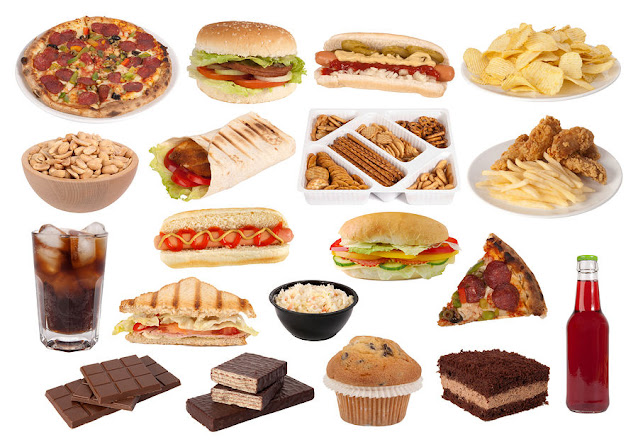Food – a fact of life. We
all need to eat and drink everyday. To grow, to energy, to be healthy. We need
a range of different types of food.
Food we eat- fruits,
vegetables, cereals, pluses, nuts, healthy food and junck food. A plant or
apart of a plant is used for food is called as vegetables. They provide us a lot
of carbohydrates, proteins and vitamin.
Fruit is a part of
plant which contain seed. fruits are liked and eaten by many people. Fruit
helps to stay strong and healthy.They gives us lot of vitamin.
Cereals are rich in
nutrients. they grown from grass type of
plants. They are high carbohydrates, proteins, and minerals.We make idli, dosa,
rotis and bread.
Pluses are rich in
nutrients. They are grown in climber type plants. They are rich in proteins.We
make dal, sambar, curry with them.They help us to grow strong.ex:bean, black
grams etc.
Nuts are fruits with
hard cover shell. sometimes dried seeds are also called nuts. Nuts give us a lot
of energy. They are a healthy snack. ex;
almonds, chesews.
Healthy eating means
eating a variety of foods that give you the nutrients you need to maintain your
health, feel good, and have energy. These nutrients include protein,
carbohydrates, fat, water, vitamins, and mineral.
Junk food always
consists of extra fats and calories. It is very hard to digest it containing high levels of calories from sugar
or fat with little protein, vitamins or minerals.
We uses integrate such
vegetables, pluses, onions, spices in cooking meals.We get fruits and
vegetables from. Our father will buy from market. Because we eat different
types of in a day.
We need lots of
different foods to eat.We eat bread puris, idllis egg and milk in the morning
breakfast.We take rice, dal, curry, curd in lunch time. We take chapattis, fruits
and vegetables salads a very light food in dinner time.
All living thing need
food to grow, to energy, to healthy.Eating fruit and vegetables can
help protect against some diseases including diabetes.
THANK
YOU,
REFERENCE BOOKS:
1.











